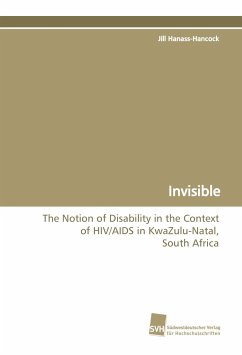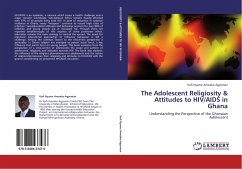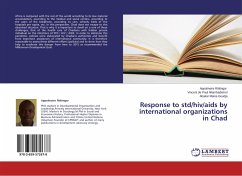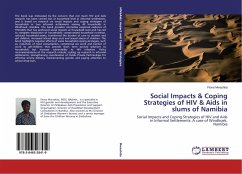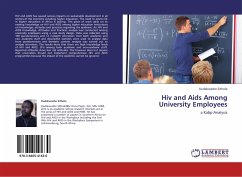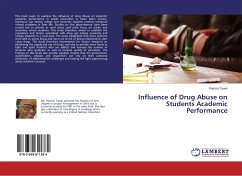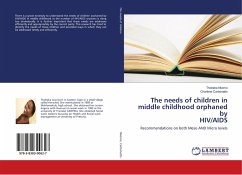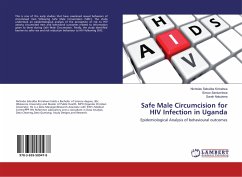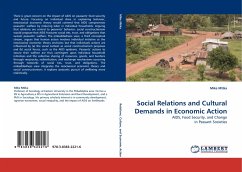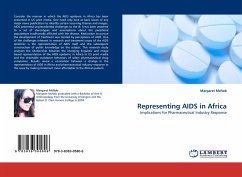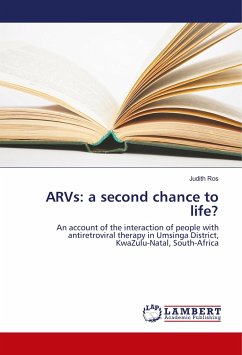
ARVs: a second chance to life?
An account of the interaction of people with antiretroviral therapy in Umsinga District, KwaZulu-Natal, South-Africa
Versandkostenfrei!
Versandfertig in 6-10 Tagen
32,99 €
inkl. MwSt.

PAYBACK Punkte
16 °P sammeln!
This thesis discusses antiretrovirals (medication for people living with HIV/AIDS) as social and cultural phenomena by following their life cycle from the initial phases of production, marketing and prescription, through the phases of distribution, purchasing and consumption, to the final phase of efficacy. Each phase in the life cycle of antiretrovirals has its own particular context and characteristics. In each phase different actors construct and define the social and cultural meaning of AIDS and antiretrovirals. Although freely accessible antiretroviral treatment has been introduced in res...
This thesis discusses antiretrovirals (medication for people living with HIV/AIDS) as social and cultural phenomena by following their life cycle from the initial phases of production, marketing and prescription, through the phases of distribution, purchasing and consumption, to the final phase of efficacy. Each phase in the life cycle of antiretrovirals has its own particular context and characteristics. In each phase different actors construct and define the social and cultural meaning of AIDS and antiretrovirals. Although freely accessible antiretroviral treatment has been introduced in resource-poor settings as the new hope for people living with AIDS and as a turning point in the AIDS epidemic, this study shows that this turning point is still far off.



